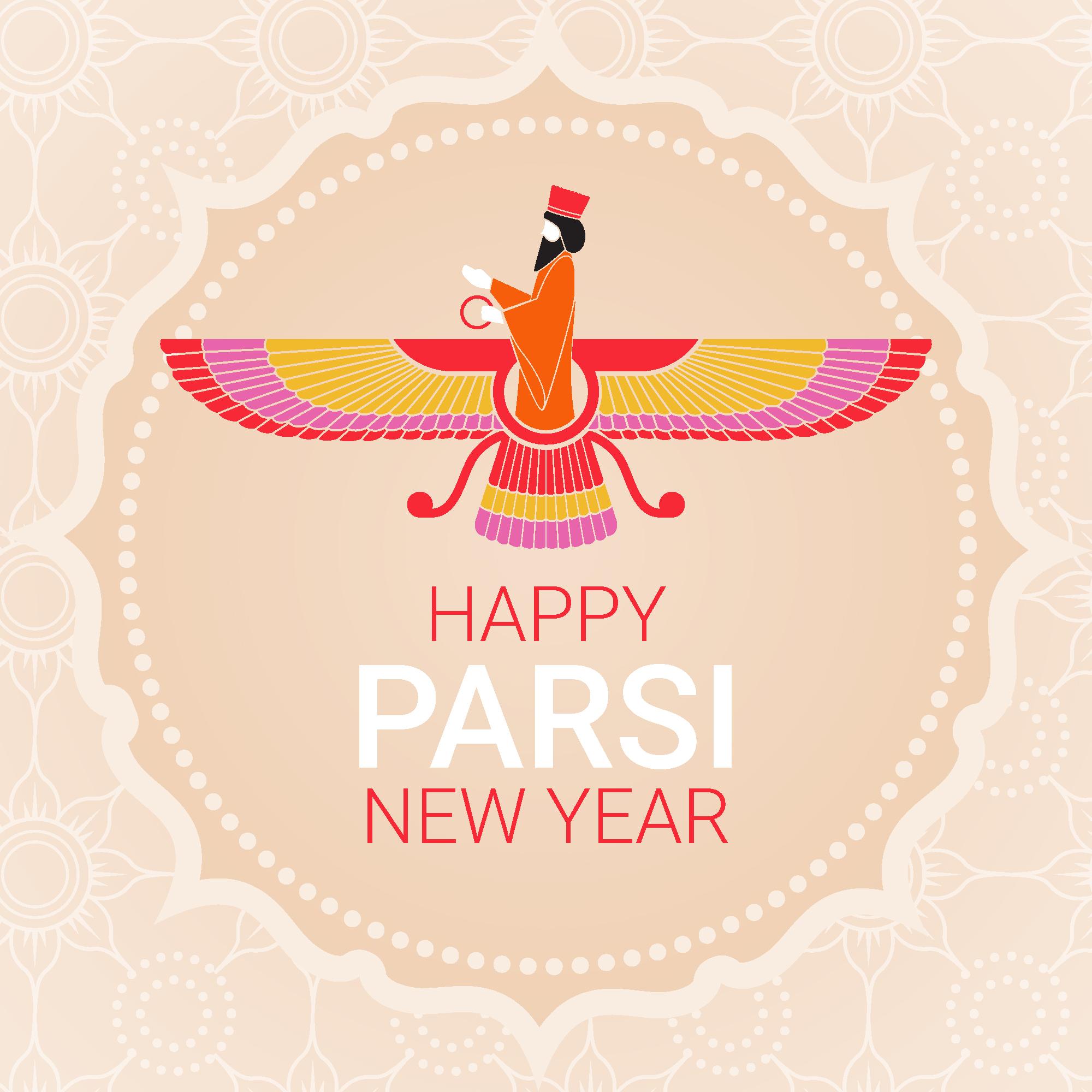Parsi New Year 2023: Delve into the Reasons Behind Indians Celebrating Navroz Twice in a Year.
Navroz, also recognized as Nowruz or Parsi New Year, symbolizes the onset of spring and the revival of nature. This festivity is cherished by diverse cultures and communities worldwide, including within India. However, there exists confusion regarding the festival’s date in India, as it is commemorated twice annually. The festival of Navroz, or Jamshed-i-Navroz/Jamshed-i-Nouroz, takes its name from the Persian ruler Jamshed, credited with creating the Shahenshahi calendar. According to legend, Jamshed averted an apocalypse in the form of a devastating winter, saving the world from destruction.
King Jamshed ascended a throne adorned with precious gems and ascended to the heavens on the shoulders of demons, radiating brighter than the sun. Thus, a new day dawned, named Navroz. The Parsis, a Zoroastrian community, honor Navroz as their New Year. This occasion typically aligns with the vernal equinox, around March 21. Parsis come together during this time to don new attire, adorn their homes, offer prayers, and indulge in festive feasts.
Navroz celebrations are most vibrant in Maharashtra and Gujarat due to the substantial Parsi population in these states. Although Navroz is globally celebrated in March, in India, it arrives 200 days later. This variance is due to the Parsis in India following the Shahenshahi calendar, which doesn’t account for leap years. Interestingly, in India, Navroz is celebrated twice a year – first based on the Iranian calendar, and the second in accordance with the Shahenshahi calendar, observed by individuals in India and Pakistan.
Consequently, the Parsi New Year, or Navroz, falls between July and August. In Persian, ‘Nav’ signifies ‘new,’ and ‘Roz’ translates to ‘day,’ collectively forming ‘new day.’ This year, Parsi New Year is set to be observed in India on August 16. This custom of celebrating the Parsi New Year has persisted for approximately 3,000 years among Iranians and Zoroastrians. It marks the inception of the Iranian calendar and is observed with grandeur by the Parsi community globally, symbolizing an enduring tradition.

